<Back to News Home |

Project Wide Gravel Wheels: Getting Rolling
“Wider is better“, they say. Just look at all the “plus” tire product being introduced for off-road, and now for road/gravel as well. Wider rims have invaded all areas of cycling, and the benefits have been touted in many publications and on many sites on the web. We wanted to find out for ourselves what effects a wider rim may have on a typical 35mm-40mm tires and what that might do on gravel road rides. To get a look at what components we used on our wheels, see the previous post in this series here. To make things simple, I am going to concentrate on the KOM i25 rims here, and we’ll refer to “Project Wide Gravel Wheels” as “PWGW” for the rest of this post.

To get this project under way, the PWGW set was used with a baseline tire, the WTB Nano 40TCS tire, so we can get a handle on what the rims do for a tire which we have a lot of miles of experience with. That tire tested on a WTB Frequency i23 rim measured out right at 40mm. With the i25 rim, (yes, 2mm wider internally), and the same Nano 40 TCS tires, the result was an increase of slightly more than 2mm in casing width. The measurement now is 42.11mm @ 40psi.
The effects on the tire, besides the increase in width, are that the beads of the tire now more closely fall directly below the edges of the tread. I did not notice a dramatic flattening out of the tread area, although it did look a bit less “peaked” than the tires did on the Frequency i23 rims. So, the typical “plumped out” results of putting a tire on a wider rim were observed here, just as many report seeing with road and mountain tires.
The next stage will be to ride this set up and report back with my thoughts on how the wider rim affects the ride feel and performance. I will back that up with a set of Nano 40tCS tires on another, narrower wheel set to contrast the findings with a more “normal rim” profile. Then the idea will be to test several sets of tires with the KOM i25 rims and to see if similar effects and results can be duplicated.
It should be noted, and I think it is obvious, that by using a wider rim, the down side is a heavier wheel set. So, while this may not play into a person’s plans that has designs on, say, winning Gravel Worlds, this maybe does have a bearing on the rest of the field that wants to increase stability, comfort, and get a wider tire performance from a skinnier tire. We will see if that actually pans out here with this PWGW test.
So Far…… The PWGW set up is intriguing and seems to do to tires what we’ve seen done with mountain bike and road tires. Results of ride testing are still coming, but we like what we see so far.
Note: RidingGravel.com received the WTB KOM i25 rims at no charge for this project. All other wheel components are being paid for out of pocket by Guitar Ted. We are not being paid, nor bribed for this review and we will strive to give our honest thoughts and opinions throughout.
Discuss and share your questions or thoughts about gravel bikes, gear, events and anything else on the Riding Gravel Forum


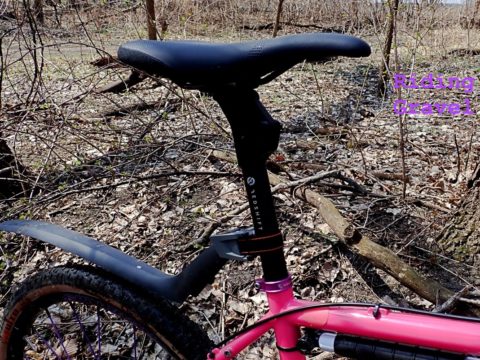
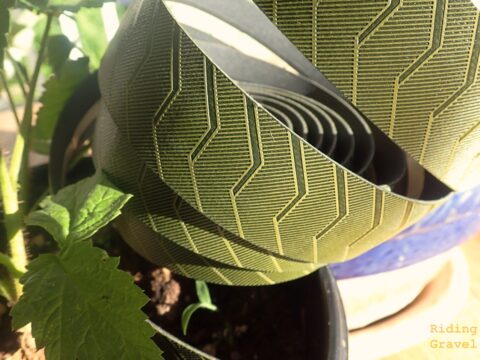
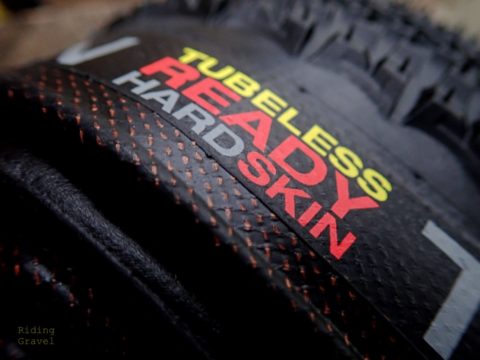
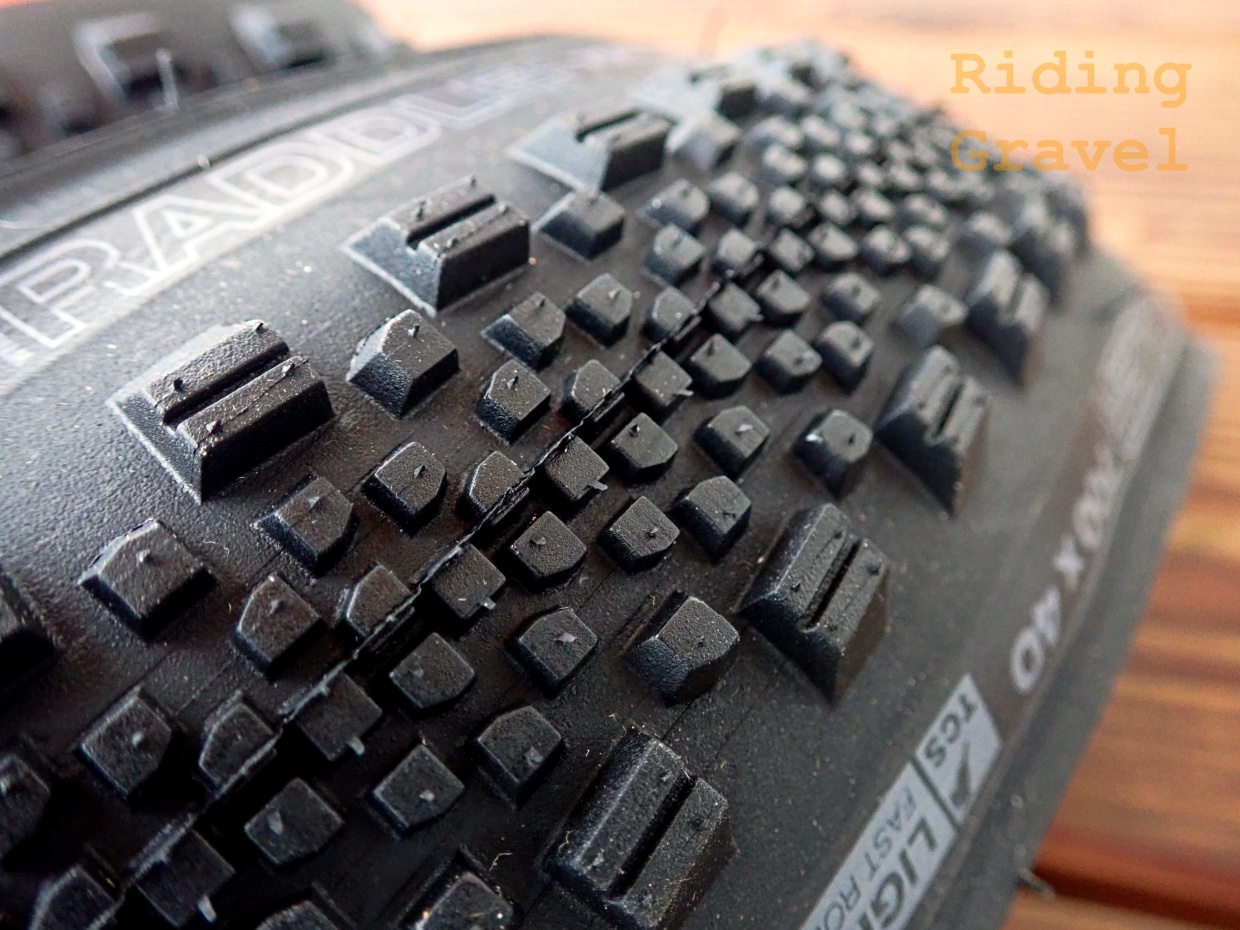

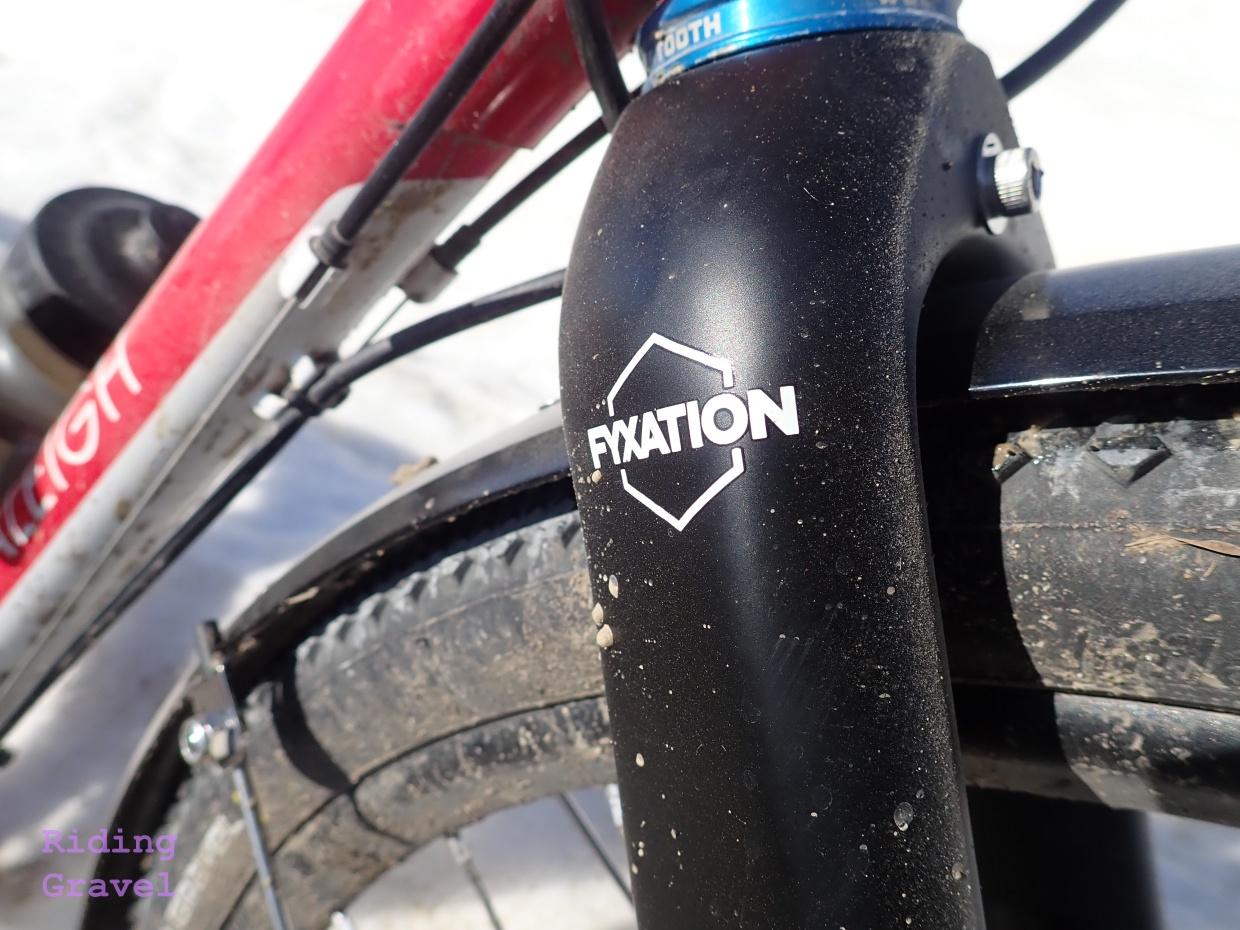
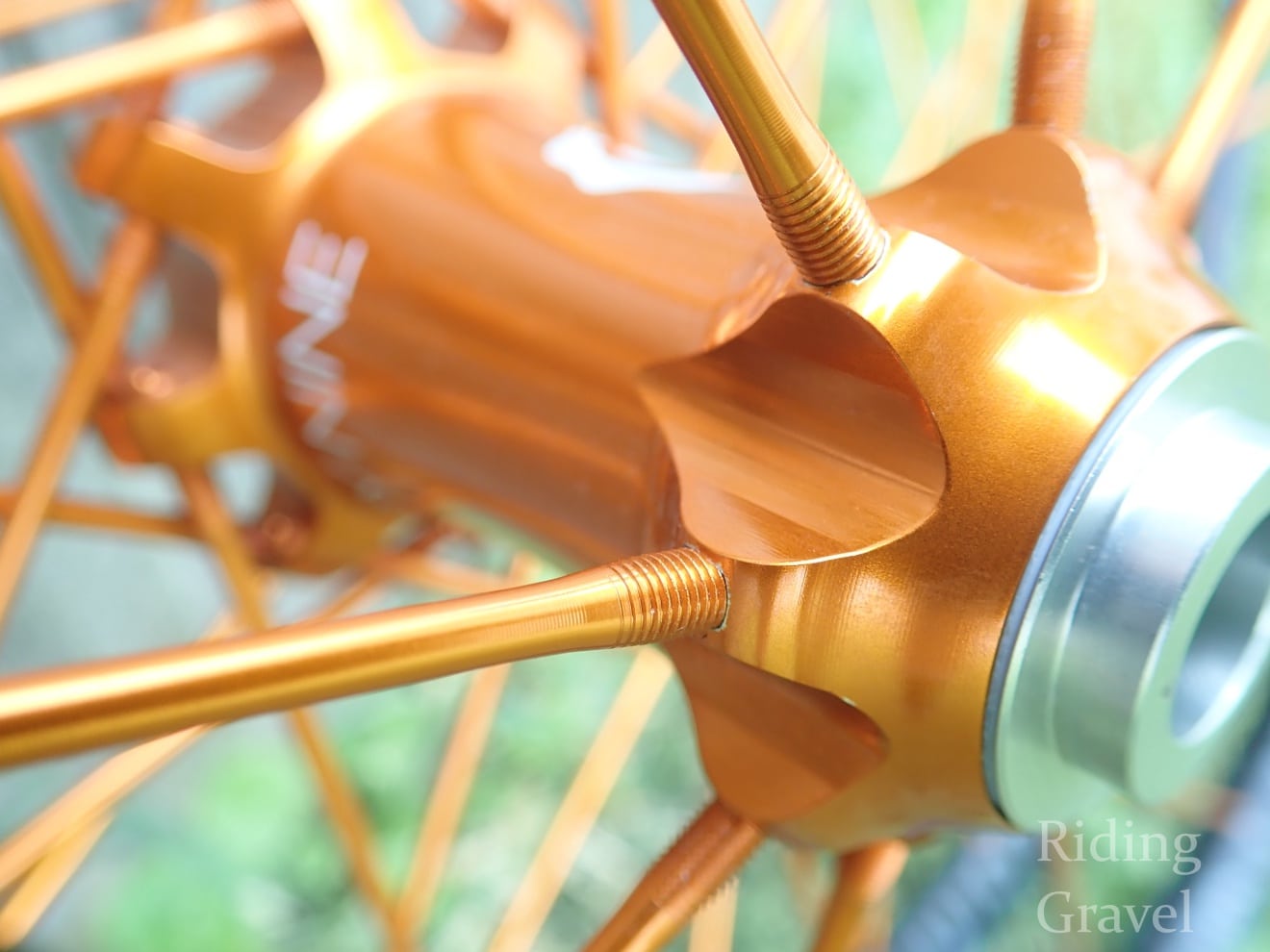
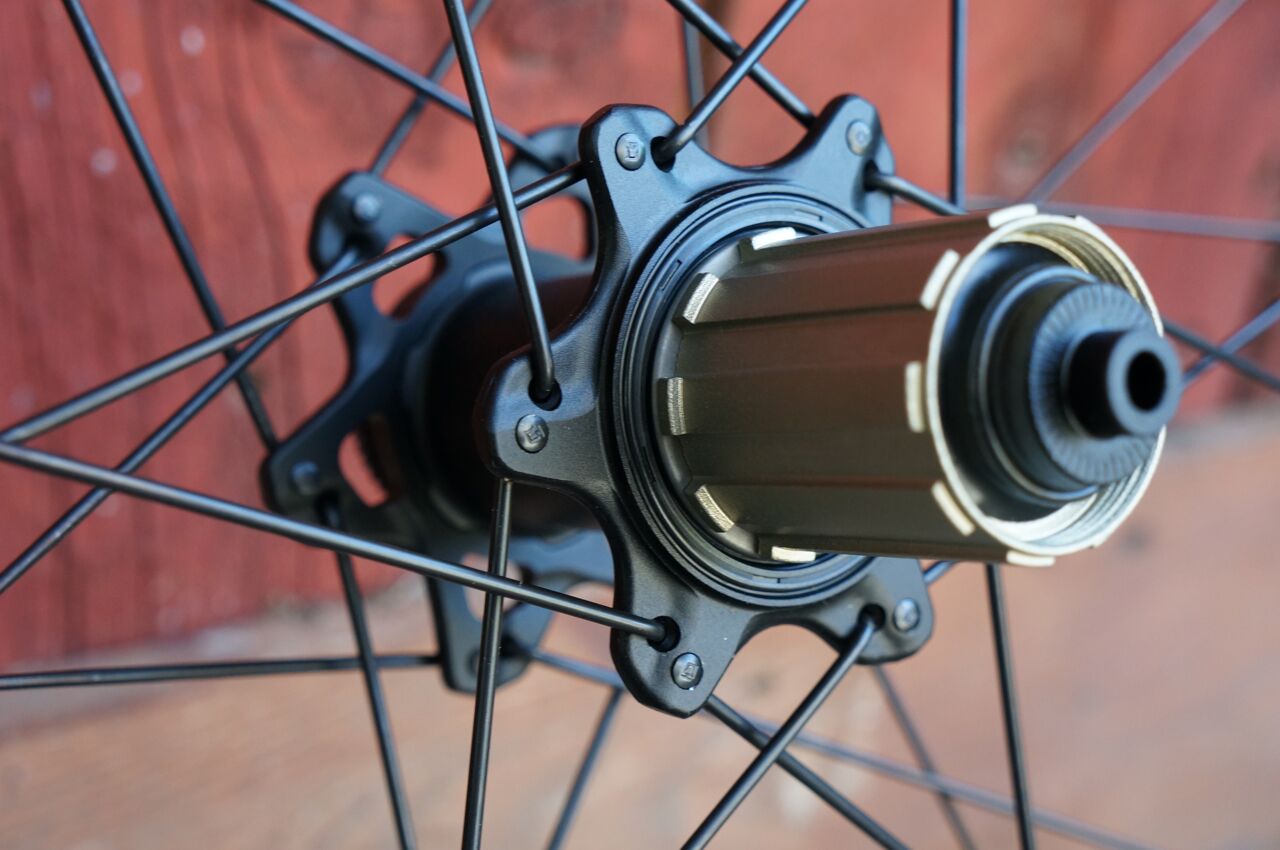

The wider rims ‘may’ be a tad heavier, but not enough to matter an any significant way. Especially when you consider the all the other benefits.
the i25 is 25g heavier than the i23. Comparable rims from Pacenti, the CL25 and TL28, are similar. The TL28 is ~20g heavier than the CL25. Not even remotely worth sweating over. If that weight differential really matters, just run a slightly narrower, lighter tire on the wider rim. Folks have been “cheating” like this on XC race bikes for some time now.
The listed weight on the KOM I25 rim is actually lighter than the Frequency I23 rim. 465g vs 504g per wtb.com
Actual weight of my two examples was 510 grams each, for the record.
I’ve wondered for some time why so many gravel riders insist on running such skinny tires/rims for no discernable advantage that I’m aware of. And indeed, the trend of late finally seems to be wider and wider. Not sure what took so long…
I am very interested in this project. I actually have a KOM i25 and plan on getting another one soon for my do it all bike. The thing I am curious about if it can be done is mounting a 28mm road tire on these rims. I imagine the effect is going to be the same as what the A23 touts as running a 23mm tire on the rim (which is 23mm wide), I will also be running Happy Mediums at 35mm for gravel racing.